Introduction
Rats often get a bad reputation, but they are fascinating creatures with a range of interesting characteristics. By engaging with rat-themed coloring pages, children can learn about these animals in a fun and engaging way. Coloring not only helps in developing artistic skills but also introduces kids to the world of wildlife in a non-intimidating manner. Whether it’s the classic rat or a whimsical cartoon version, these coloring pages are designed to make learning about rats enjoyable.
Age Range: Who Can Enjoy These Coloring Pages?
Rat coloring pages are suitable for a wide range of ages, making them a versatile option for various developmental stages. Here’s a breakdown of who can benefit from these pages:
- Toddlers (Ages 2-4): Simple and large images of rats with minimal details can be perfect for toddlers. These pages help in honing their fine motor skills and color recognition.
- Preschoolers (Ages 4-6): As children in this age group develop more coordination, they can handle slightly more complex images. These pages can include more details and offer opportunities for learning about the rat’s environment.
- Early Elementary (Ages 6-8): Kids in this age range can enjoy more intricate designs and additional elements like accessories or different rat species. Coloring these pages helps in improving their attention to detail and patience.
- Older Children (Ages 8 and Up): For older children, you can find detailed and artistic rat illustrations that challenge their creativity and provide a more sophisticated coloring experience.
Facts About Rats
Here are some intriguing facts about rats that children might find interesting as they color:
- Rats are Highly Intelligent: Rats are known for their high levels of intelligence. They can solve puzzles, learn tricks, and even recognize their names.
- Great Swimmers: Rats are excellent swimmers and can tread water for up to three days if needed. Their ability to swim helps them navigate through various environments.
- Social Creatures: Rats are social animals and thrive in groups. They communicate with each other through a range of vocalizations and body language.
- Unique Tails: Unlike some animals, a rat’s tail is covered in scales rather than fur. This tail helps with balance and temperature regulation.
- Omnivorous Diet: Rats have a varied diet and can eat almost anything, from fruits and vegetables to grains and even small insects.
- Remarkable Memory: Rats have impressive memories and can remember routes and locations for extended periods. This trait is beneficial for their survival in the wild.
- Historical Companions: Rats have been kept as pets and companions for centuries, dating back to ancient times. They have also been subjects in scientific research due to their complex behaviors.
- Nocturnal Habits: Most rats are nocturnal, meaning they are active during the night and rest during the day. This behavior helps them avoid predators and find food more effectively.
- Varied Species: There are many species of rats around the world, each with unique characteristics. Common species include the Norway rat, the black rat, and the roof rat.
- Environmental Impact: Rats play a role in the ecosystem as scavengers. They help in cleaning up waste and can also act as prey for larger predators.
Explore 10 Rat Coloring Pages For Kids
Rat Coloring Page 1 for Kids
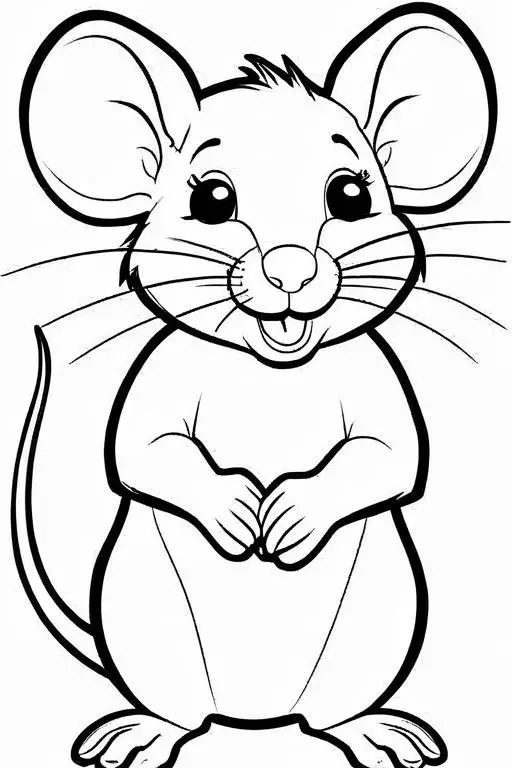
Rat Coloring Page 2 for Kids
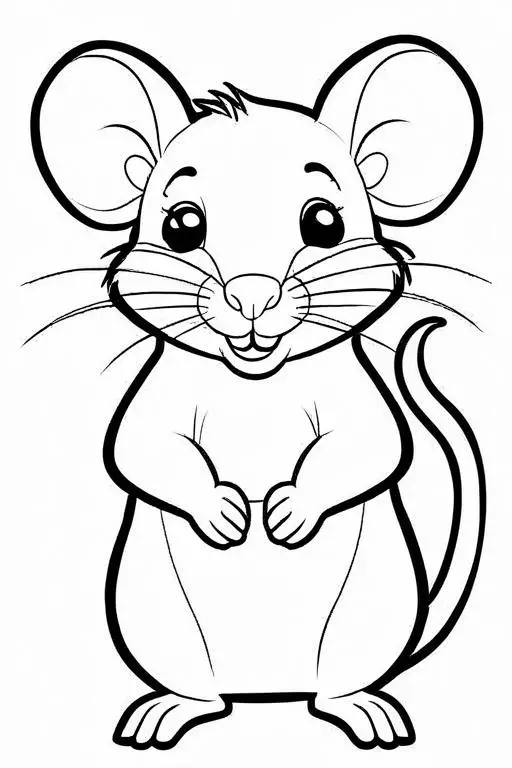
Rat Coloring Page 3 for Kids
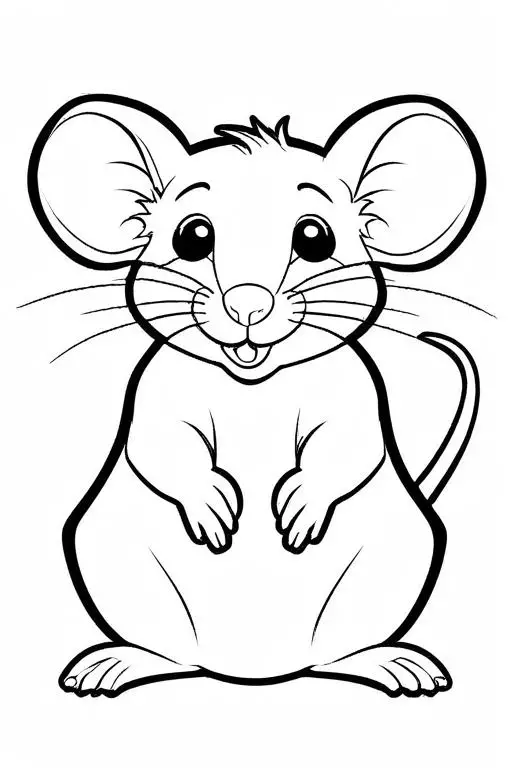
Rat Coloring Page 4 for Kids

Rat Coloring Page 5 for Kids

Rat Coloring Page 6 for Kids
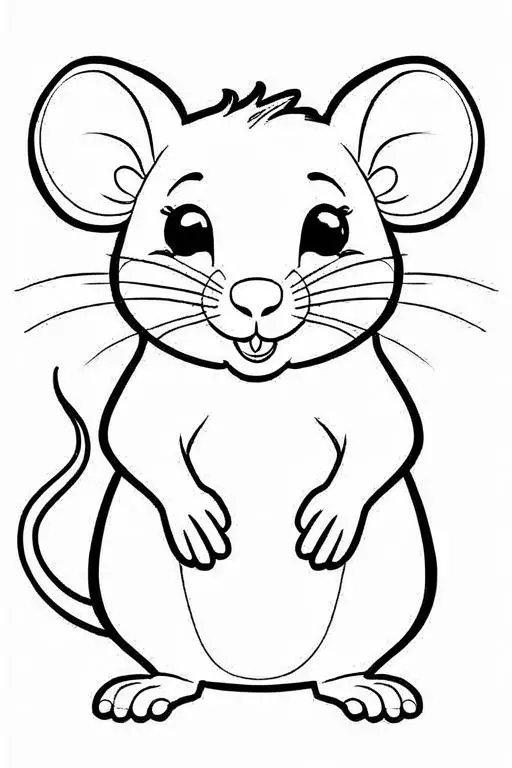
Rat Coloring Page 7 for Kids
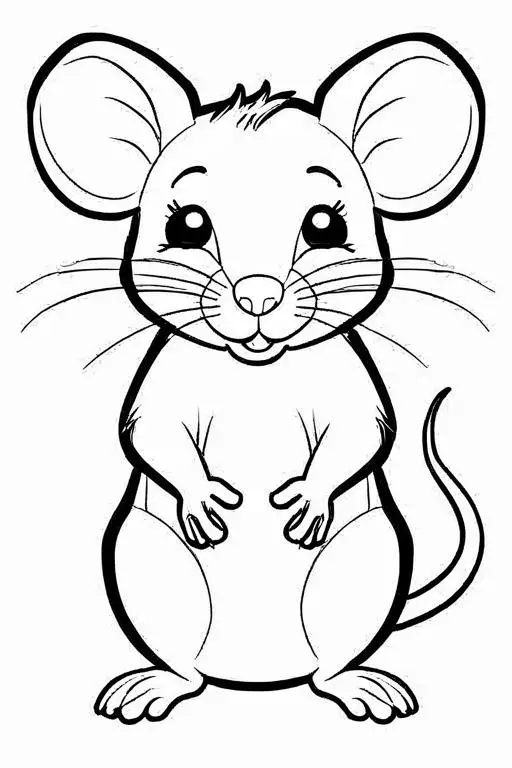
Rat Coloring Page 8 for Kids
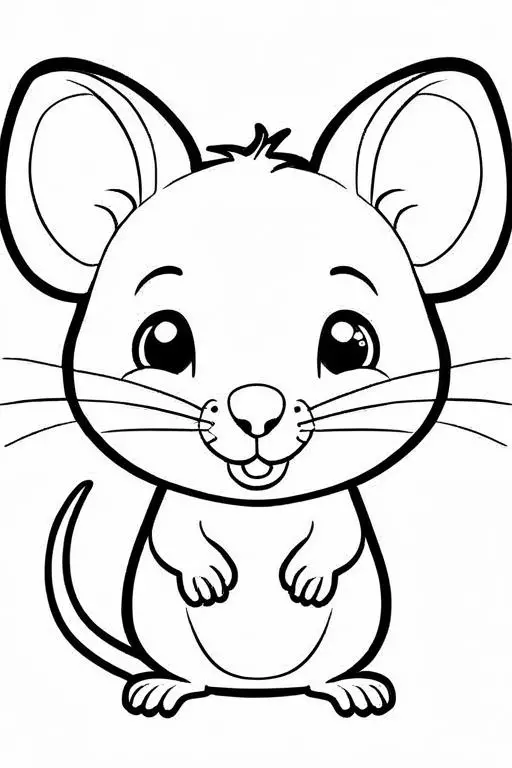
Rat Coloring Page 9 for Kids
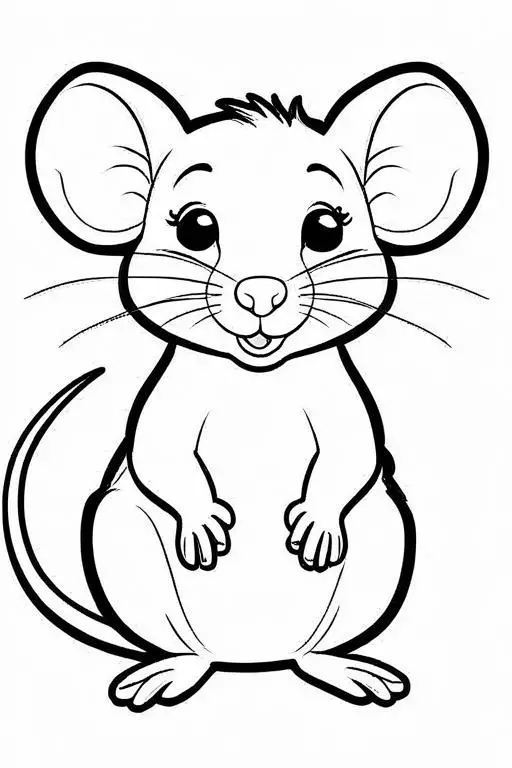
Rat Coloring Page 10 for Kids
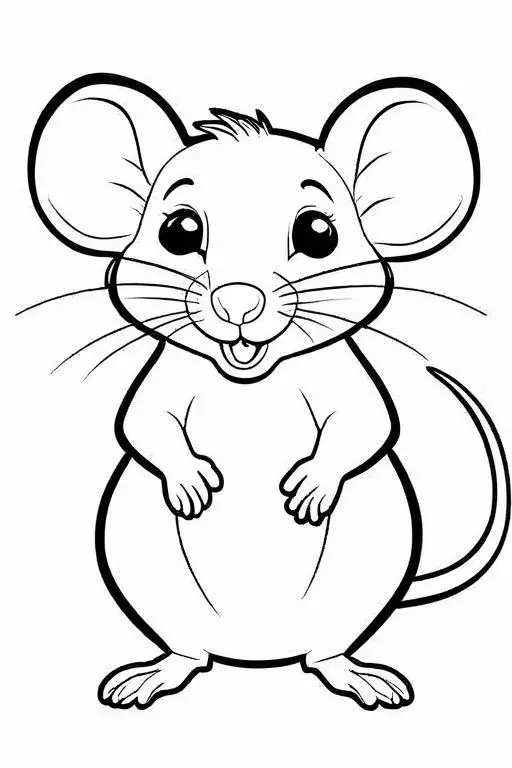

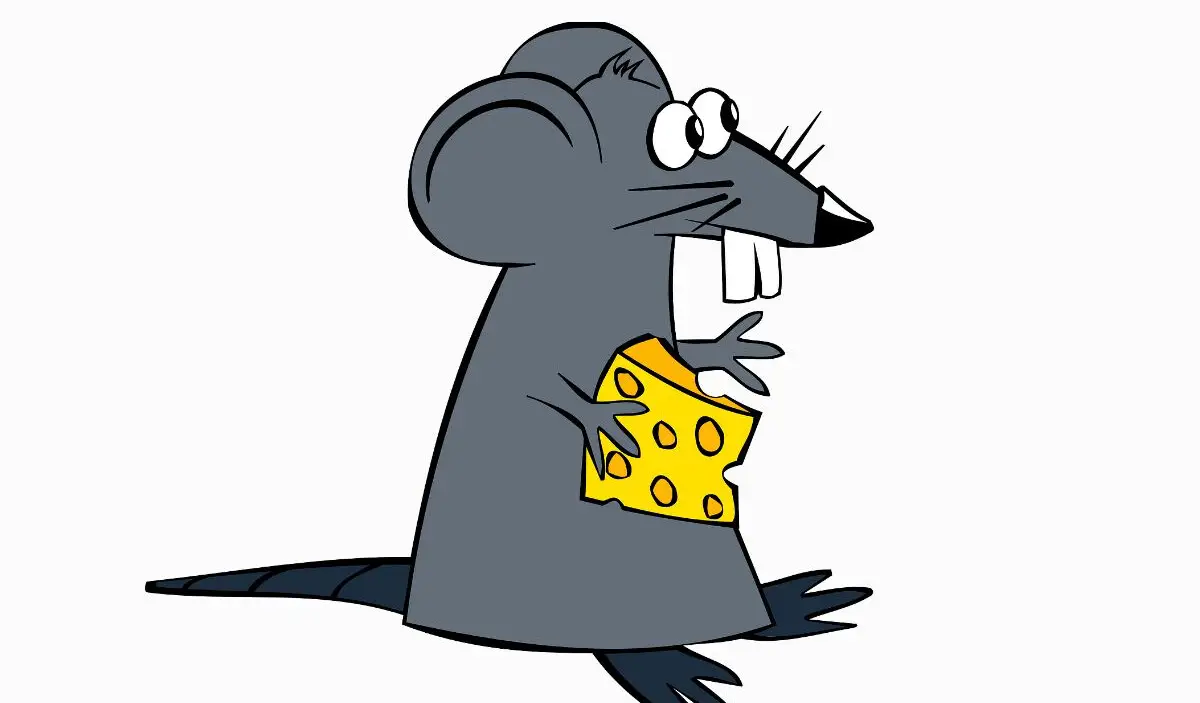
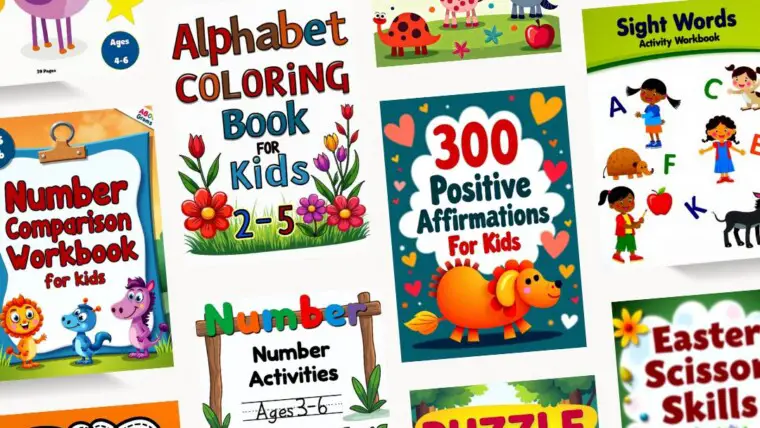

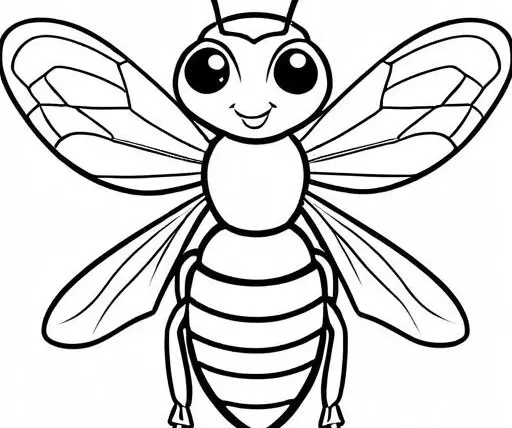

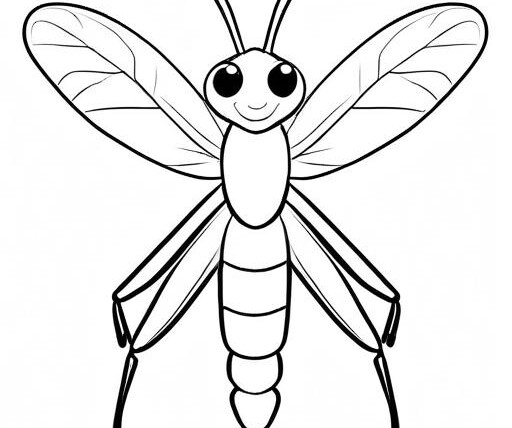
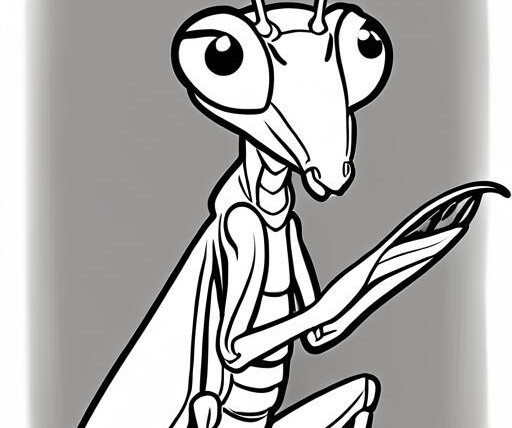
Maze Rampage Kids Activity Books: Unlock Fun and Learning for Toddlers and Preschoolers!
Engage Your Creative Mind with 2,500+ Free Adult Coloring Pages
100 Wasp Coloring Pages For Kids
48 Termite Coloring Pages For Kids